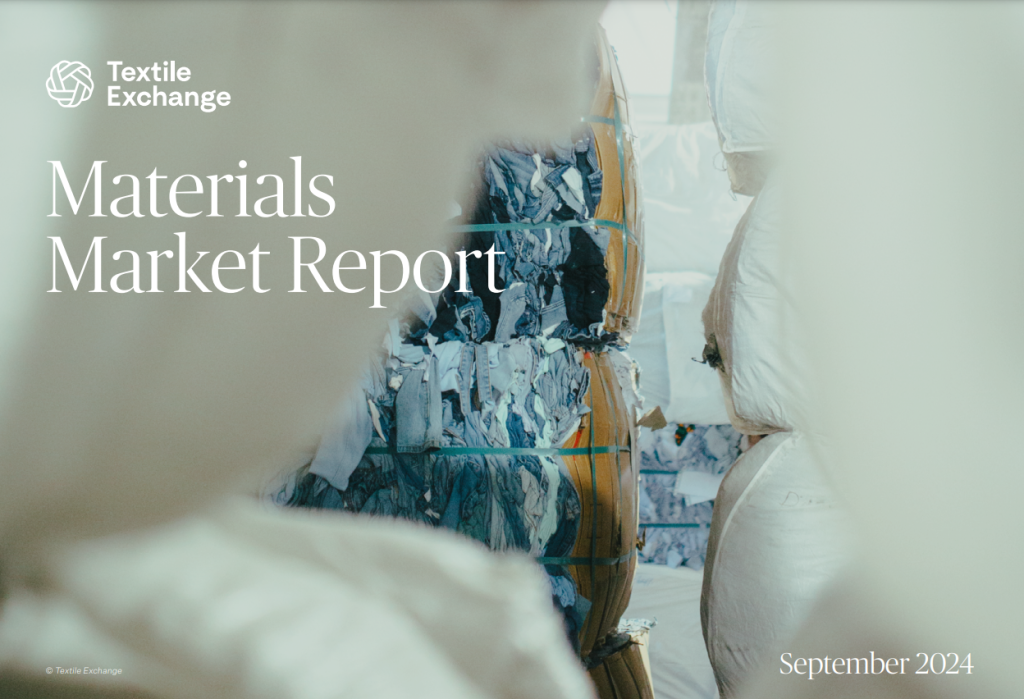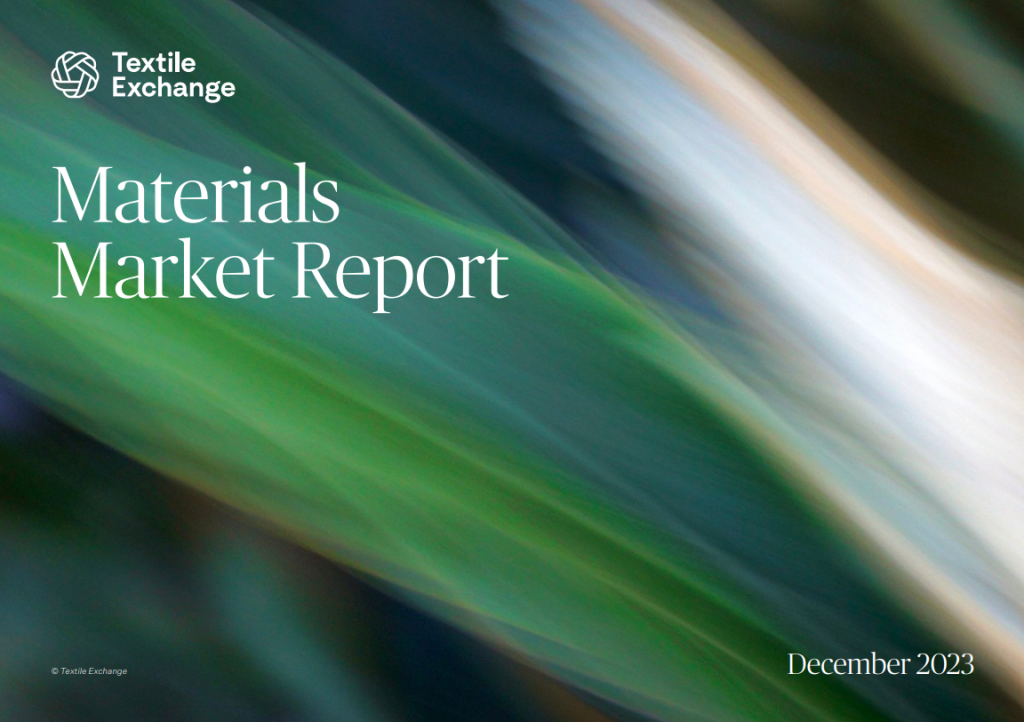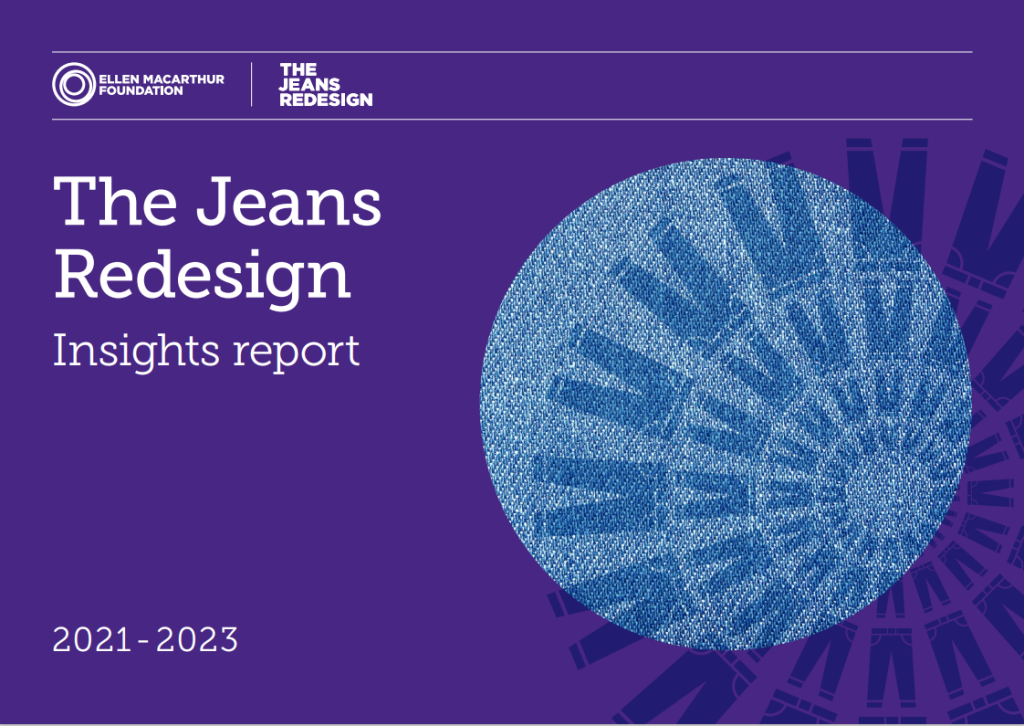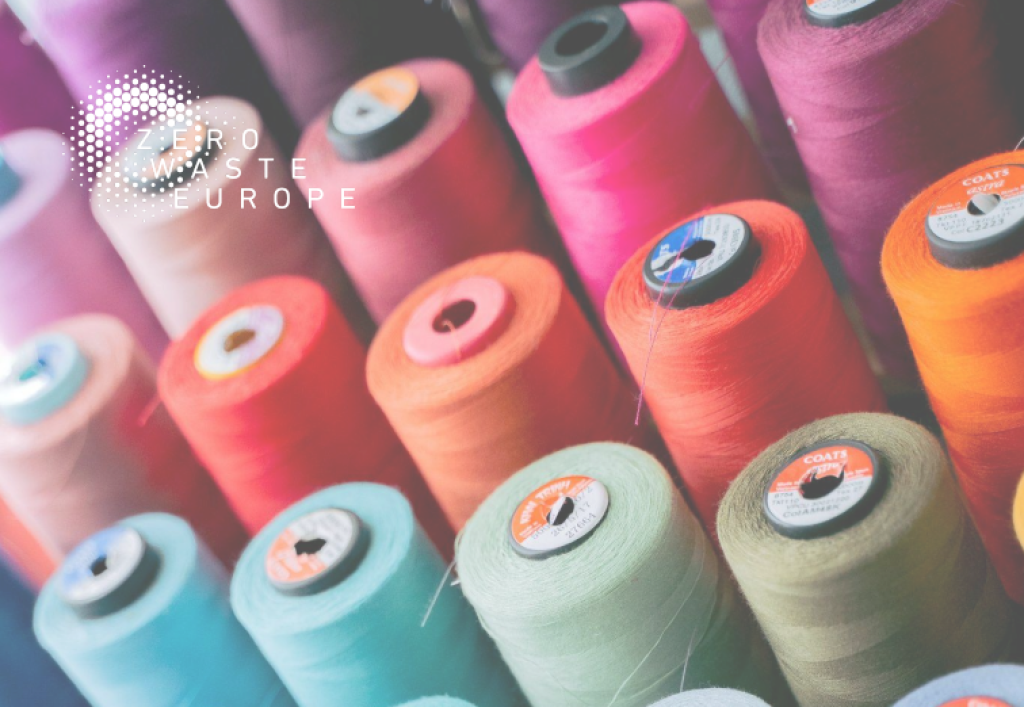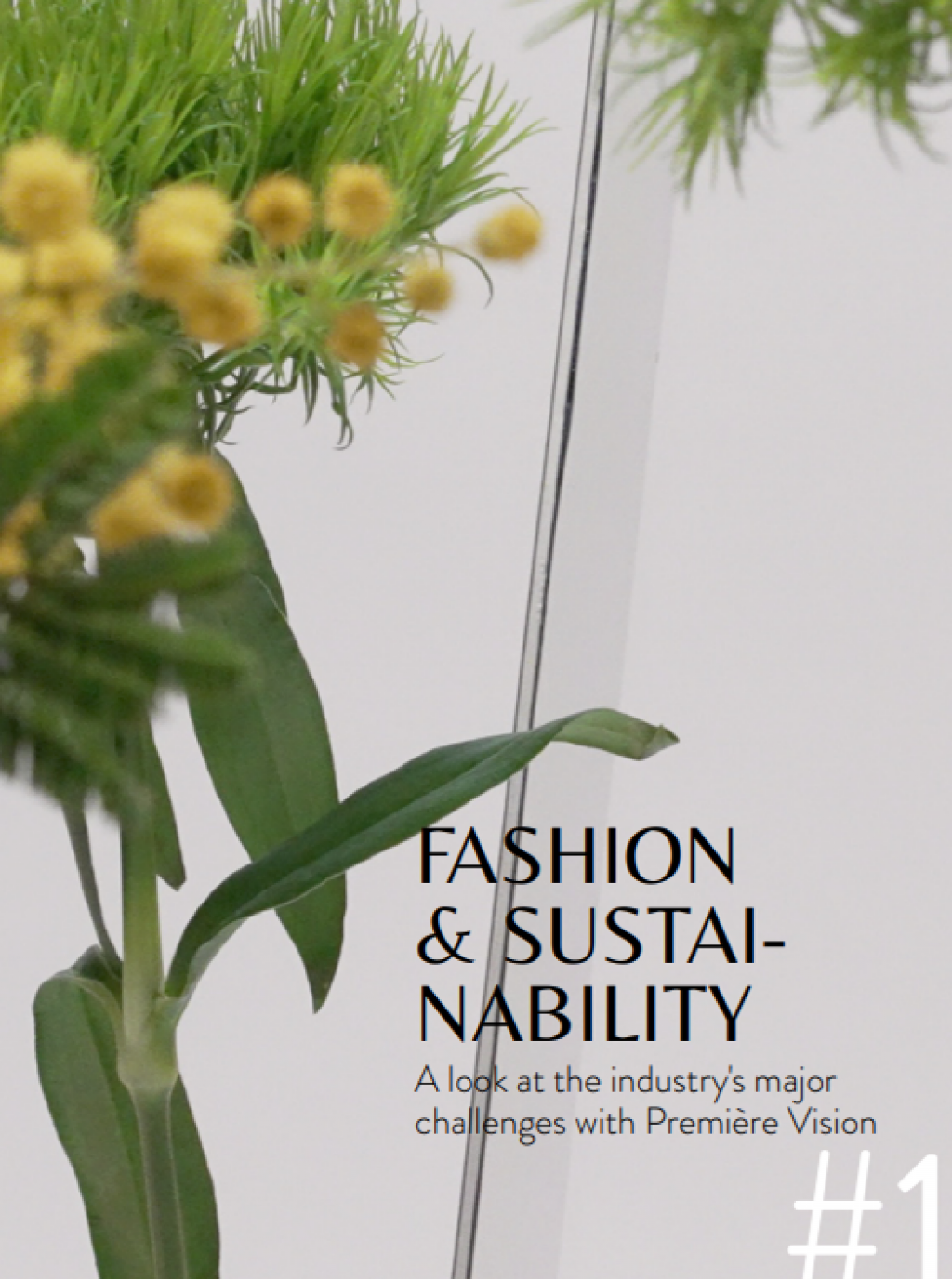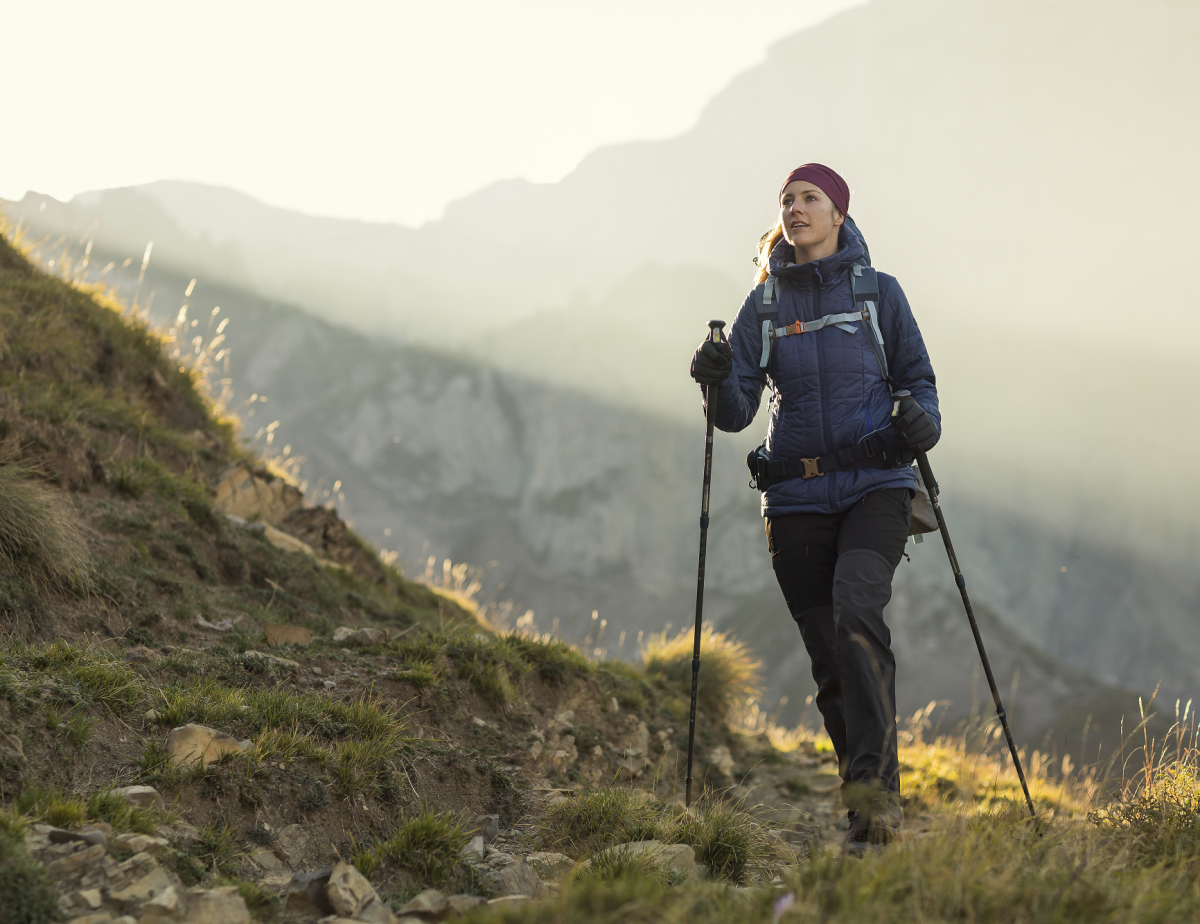
Can you briefly describe your approach?
Since its creation in 1976 and as a mass retail brand in sports and leisure, Decathlon’s mission is make sport accessible to as many people as possible. As such, we wish to protect the quality of the environment in which our customers practise their physical exercise.
In 2012 Decathlon launched an eco-design strategy in order to intelligently design sports products that are more environment-friendly but still high-performing, by involving all its teams on this topic to build the near future.
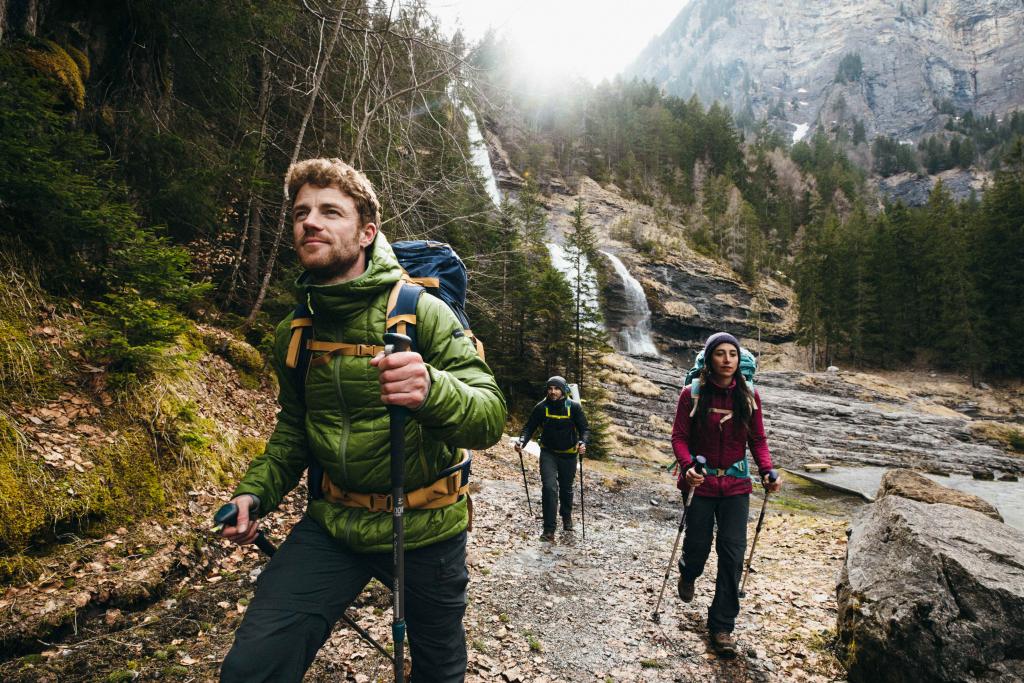
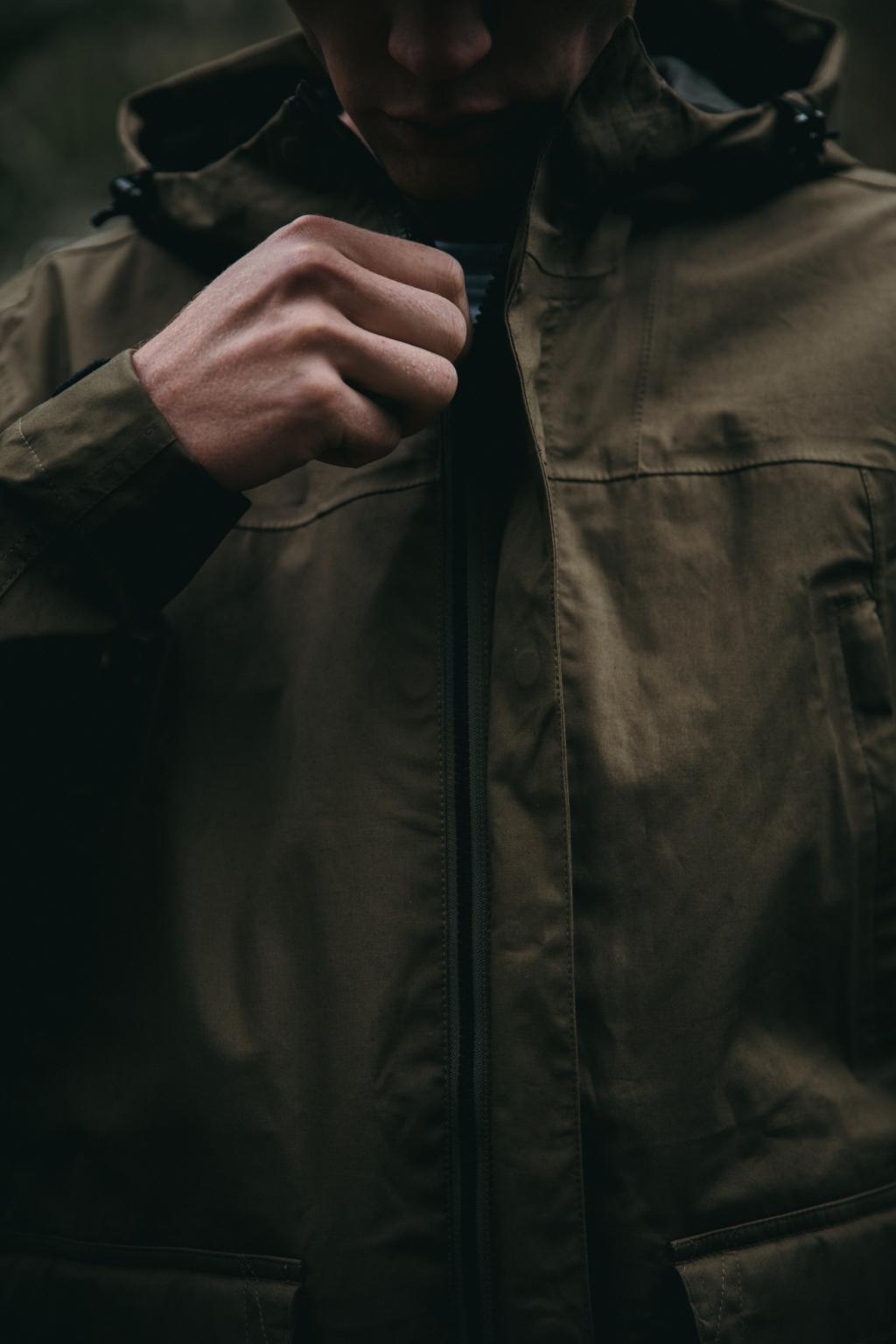
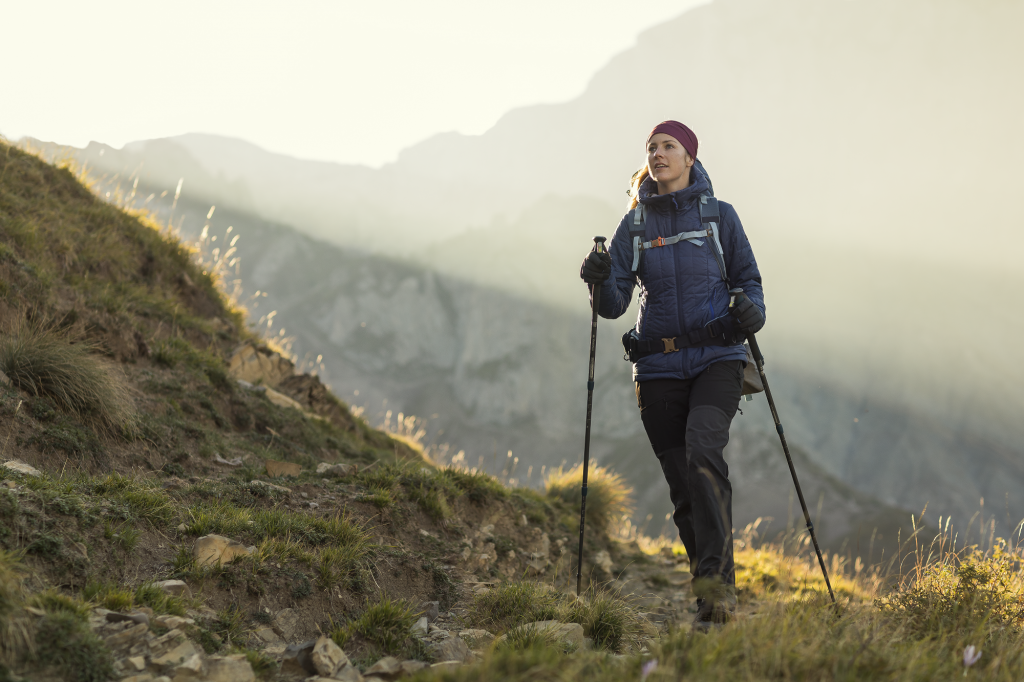
What working method did you use? What were its different stages?
We revamped our product development in order to integrate eco-design in all the stages of a product’s life cycle and designed in-house tools so that our teams can be as independent as possible.
So, the engineer who develops the product starts by evaluating its environmental impact using simplified LCA tools. Then, we create a project team (designer, product manager and engineer) that works with tools such as « The Okala wheel »and that set objectives, especially environmental ones, during product briefs. Following this ideation phase to find new eco-design solutions, the design phase follows a standard product development process.
To ensure the effective reduction in the environmental impacts of our products throughout their life cycles, we carry out an environmental impact assessment using the ADEME’s IMPACTS database. We consider that an eco-design approach is validated when environmental impacts have been reduced by at least 10% compared to the previous version of the product or reference product. These impacts are calculated on the basis of five main criteria: climate change, depletion of natural resources, eutrophication in seawater, eutrophication in fresh water and air pollution.
When it isn’t possible to do this assessment, we add defined criteria and threshold values. For example, in regards to polyester, if this is the only eco-design measure carried out, then 70% of the item must contain recycled polyester.
We’ve also set up various work groups for those materials or processes posing the most problems such as dyeing, which is one of the most polluting processes in the textile industry.
Did you encounter any obstacles? And if so, which ones?
The first obstacle is an economic one. The idea is not include in the final price the costs of the technologies that enable us to progress in eco-design. These increases must be balanced out amongst the product ranges and the cost that can be actually attributable to eco-design must be determined objectively. For some products only a few centimes have been passed on to the final price.
Furthermore, teams spend more time in designing an eco-designed product. Sometimes, however, it’s simply necessary to demonstrate through educational information and from feedback from different project groups, that this additional time can be taken without delaying the product’s development.
Lastly, environmental claims are also a challenge because we lack guidelines by external bodies on this topic.
What were the levers for success?
Training is an area in which we are strong. As we would like eco-design to become an automatic reflex for all, we have invested in team training, making teams more independent and enabling them to develop skills and expertise. Today, about 20 in-house reference persons are present in order to provide training for around 2,000 designers. These eco-design training courses last for several years. In parallel, we are aiming at gradually increasing the number of reference persons in these subjects. If we want eco-design to become standard then training is essential.
Decathlon's level of maturity in the area of eco-design has led us to develop truly time-saving tools for our teams (LCA calculation software, huge database, etc.).
The motivation of employees, proactive in this area, and the support of top management, who set ambitious objectives, are also essential factors for success. We’re trying to relay this motivation and this commitment to our suppliers, who we’re accompanying in order to increase shared skills in eco-design.
Are you looking at ways to improve?
Our objective for 2026 is that 100% of our products are eco-designed whilst remaining affordable to as many people as possible.
We want to improve the materials that we use the most and for which both environmental and social stakes are very high, i.e. cotton and polyester:
- For cotton, we would like 100% of supplies to come from sustainable sources (BCI cotton, recycled cotton, organic cotton) by 2020;
- For polyester, we’re ambitiously aiming for our supplies to be 100% recycled and/or dope dyed by 2026.
Ultimately, we want to change paradigm with our business model: today we are selling new items to consumers. Compared to what is currently practised in product service systems, we would like to deploy more extensively in the future the repair, the hiring and the deposit return of our products. Many ways of being cost-effective exist whilst also being more sustainable.
Thank you Marc PEYREGNE, Eco-design Project Manager at Decathlon.
Contact : marc.peyregne@decathlon.com


